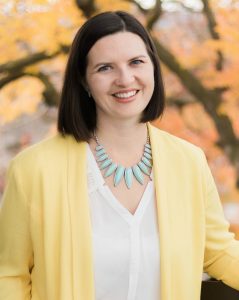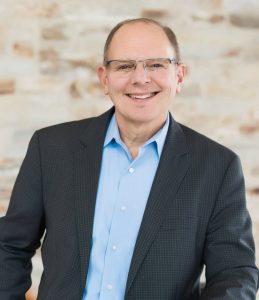By Justina Acevedo-Cross, Program Officer, & Jeff Sunshine, Program Officer, The David and Lucile Packard Foundation


For just a moment, pretend you’re a public health official and you’re faced with stopping a new pandemic. You have a vaccine that mitigates the disease in one dose and completely cures it in two, but only enough to fully treat half the population. Do you treat everyone halfway or completely cure only half?
This catch-22 situation also faces funders who want to see a good idea expand quickly. Do you roll out the basics of a successful program or idea as far and fast as you can to maximize access, knowing that you’ll sacrifice quality in the process? Or do you take your time and focus on replicating the model to a high-quality standard, knowing that you’ll miss an opportunity to serve thousands who could benefit from the service in question?
At the David and Lucile Packard Foundation, we’ve worked on both ends of the spectrum, providing rapid access and intentionally slowing our pace to focus on quality. Each strategy has its place and can deliver value.
In 2004, the Foundation made a big bet on crafting a ten-year strategy, the aim of which was to provide access to high-quality preschool for California’s youngest learners. Back then there was scant research on brain development and its impact on learning in the early years. The prevailing wisdom was that kids belonged at home with their mothers for the first few years of life. Although the strategy was designed to provide access to high-quality preschool, with so little state investment at the time, however, access to programs seemed more critical than quality. As the Foundation made a subtle pivot from quality to access, more preschool slots were created, but program quality stagnated.
For our more recent seven-year, $30 million summer learning investment, we chose to focus on quality first and expansion second. The field of summer learning is not as broadly researched and publicized as that of early childhood, so we saw an opportunity to help launch the early dialogue from a platform of quality that could serve as a benchmark as the field develops. We supported the creation of a number of high-quality demonstration program sites. We provided technical assistance for other sites throughout the state to adopt high-quality standards and practices, helped create and share communications about the importance of high-quality summer learning and advocated for investments in quality at the state level.
Starting with quality has its challenges. For grantees, the challenge of creating and delivering high-quality programs right from the start can seem daunting. We were able to assuage their fears because of our seven-year commitment, which gave them the time they felt they needed to create, assess, adjust and sustain their efforts.
From a technical assistance perspective, selling the benefits of high quality meant arming a network of technical assistance providers with content knowledge about what makes a quality program and how to apply quality standards. In doing so, we learned that our proposed tool for assessing quality was seen as too unwieldy for many programs, so we created a simplified version to make measuring quality a less cumbersome task. We also saw that as a core cohort of technical assistance providers built, tested and adjusted the professional development model, they began to own summer quality in a way that we could have never encouraged or mandated through our grantmaking alone.
From a communications and policy advocacy standpoint, starting with a call for high quality rather than broad access could have been a tough sell initially, since the cost of investing in quality in summer programs may mean that investment in others is diminished or delayed. Fortunately, our push for summer quality coincided with the California Department of Education’s increased attention to expanded learning, so we were able to work in partnership with state government to build support for summer.
As a result of our focus on high-quality summer learning, we have seen firsthand that as summer programs grow, the critical quality component is likely to accompany that growth. Quality is now an ingrained part of the conversation among champions for summer learning across the state. In this case, the key takeaway is clear: Go slow for deeper, sustained change.






